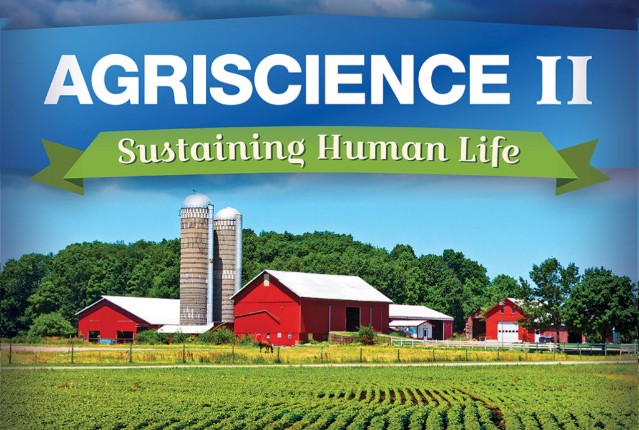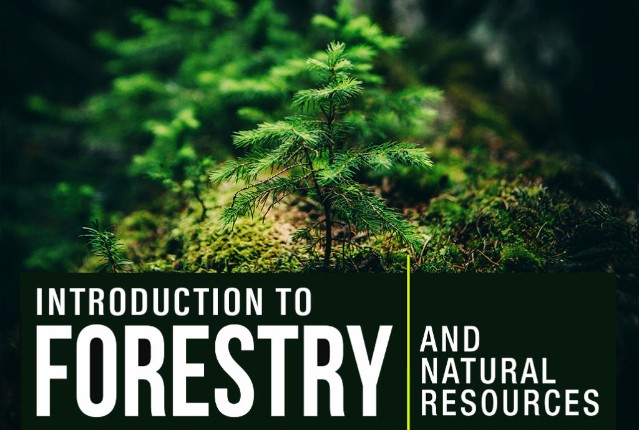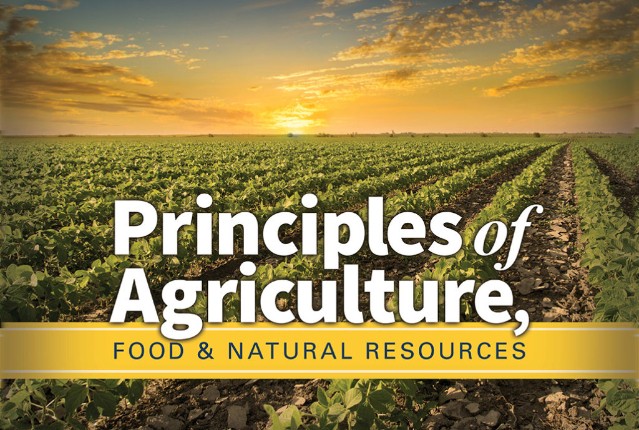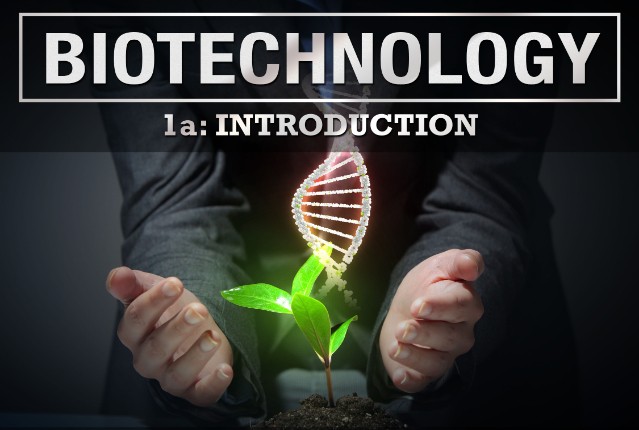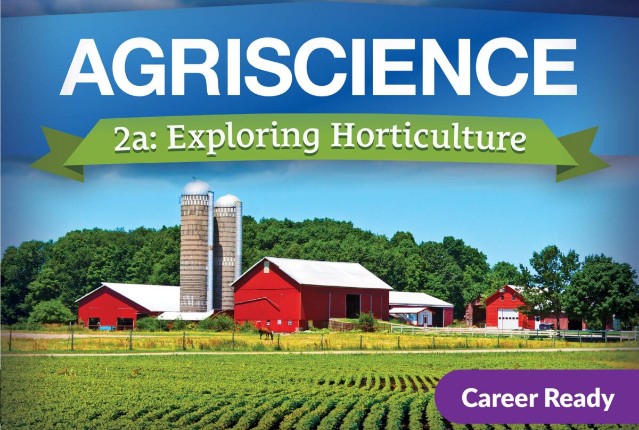
Agriscience 2a: Exploring Horticulture
Get ready to dig deep beneath the water table to examine how plants and ecosystems impact the world of agriculture science. In this course, you will explore the uses and life cycle of plants as well as plant parts, genetics, functions, and processes. You will also develop an understanding of the horticulture industry, ethical impact and trends of the trade, and career opportunities in this fruitful field. Grab your gloves and prepare to leach some agriscience knowledge.
Review course outlineAccess for a year
USD 299.00*
* Choose more courses to get a discount
